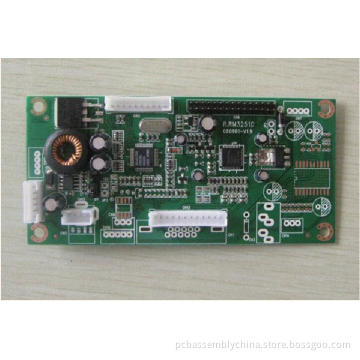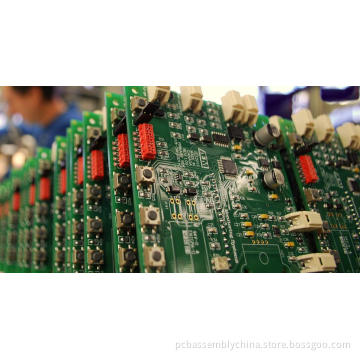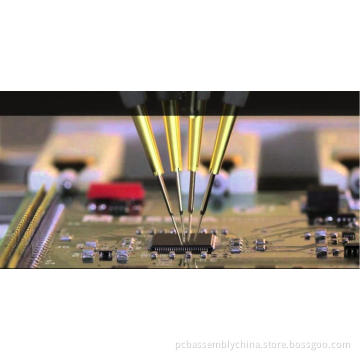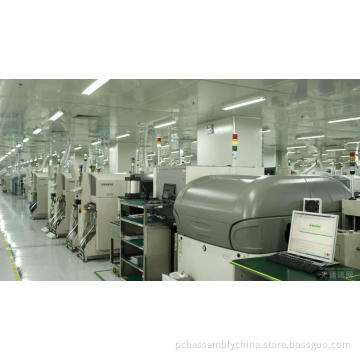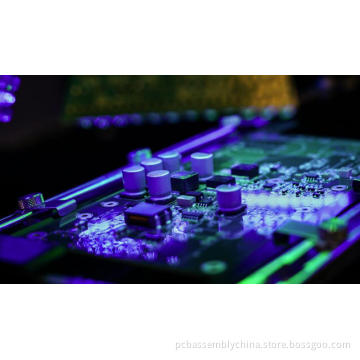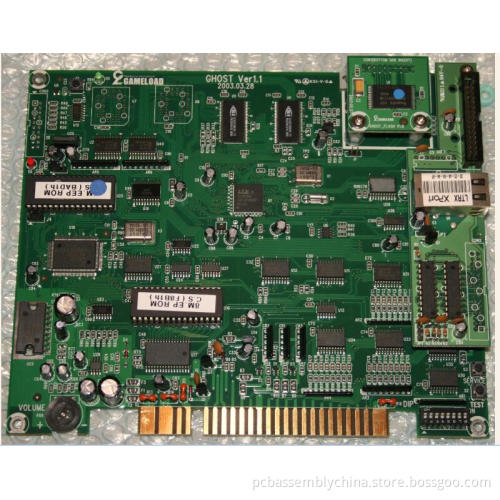
patient monitoring systems electronic assembly
- Payment Type:
- T/T
- Incoterm:
- FOB
- Transportation:
- Ocean
Your message must be between 20 to 2000 characters
Contact Now| Payment Type: | T/T |
|---|---|
| Incoterm: | FOB |
| Transportation: | Ocean |
Instrumentation medical devices patient monitoring systems pcba assembly electronics oem contract manufacturing services OEM CEM EMS experience company-China Shenzhen Topscom

incorporating rpm Electronic OEM EMS CEM Contract Manufacturing PCb assembly service
Incorporating RPM in chronic disease management can significantly improve an individual`s quality of life. It allows patients to maintain independence, prevent complications, and minimize personal costs. RPM facilitates these goals by delivering care right to the home. In addition, patients and their family members feel comfort knowing that they are being monitored and will be supported if a problem arises. This is particularly important when patients are managing complex self-care processes such as home hemodialysis. Key features of RPM, like remote monitoring and trend analysis of physiological parameters, enable early detection of deterioration; thereby, reducing number of emergency department visits, hospitalizations, and duration of hospital stays. The need for wireless mobility in healthcare facilitates the adoption of RPM both in community and institutional settings. The time saved as a result of RPM implementation increases efficiency, and allows healthcare providers to allocate more time to remotely educate and communicate with patients.
Technology components:
The diverse applications of RPM lead to numerous variations of RPM technology architecture. However, most RPM technologies follow a general architecture that consists of four components.
Sensors on a device that is enabled by wireless communications to measure physiological parameters.
Local data storage at patients` site that interfaces between sensors and other centralized data repository and/or healthcare providers.
Centralized repository to store data sent from sensors, local data storage, diagnostic applications, and/or healthcare providers.
Diagnostic application software that develops treatment recommendations and intervention alerts based on the analysis of collected data.
Depending on the disease and the parameters that are monitored, different combinations of sensors, storage, and applications may be deployed.
Applications:
Physiological data such as blood pressure and subjective patient data are collected by sensors on peripheral devices. Examples of peripheral devices are: blood pressure cuff, pulse oximeter, and glucometer. The data are transmitted to healthcare providers or third parties via wireless telecommunication devices. The data are evaluated for potential problems by a healthcare professional or via a clinical decision support algorithm, and patient, caregivers, and health providers are immediately alerted if a problem is detected.As a result, timely intervention ensures positive patient outcomes. The newer applications also provide education, test and medication reminder alerts, and a means of communication between the patient and the provider. The following section illustrates examples of RPM applications, but RPM is not limited to those disease states.
Related Keywords


